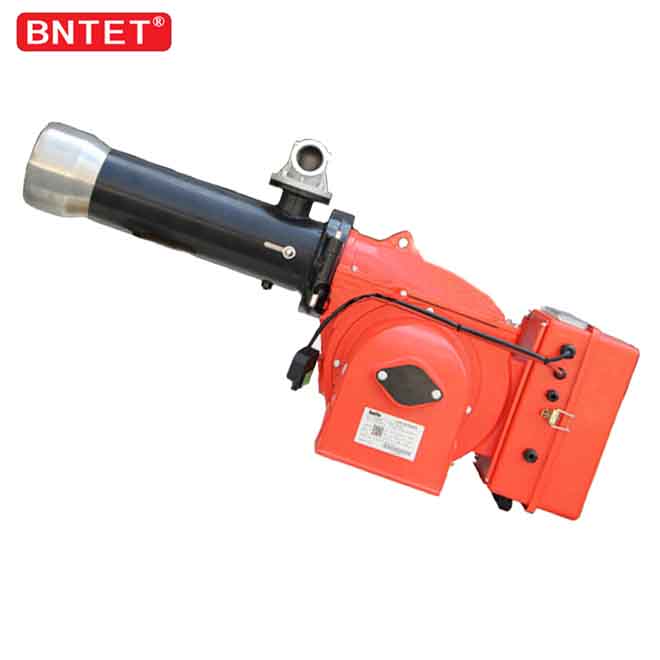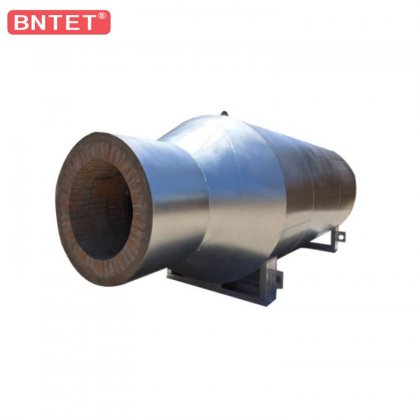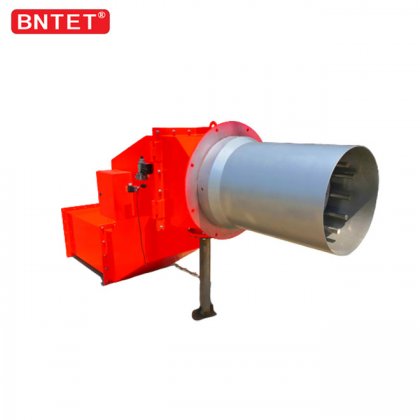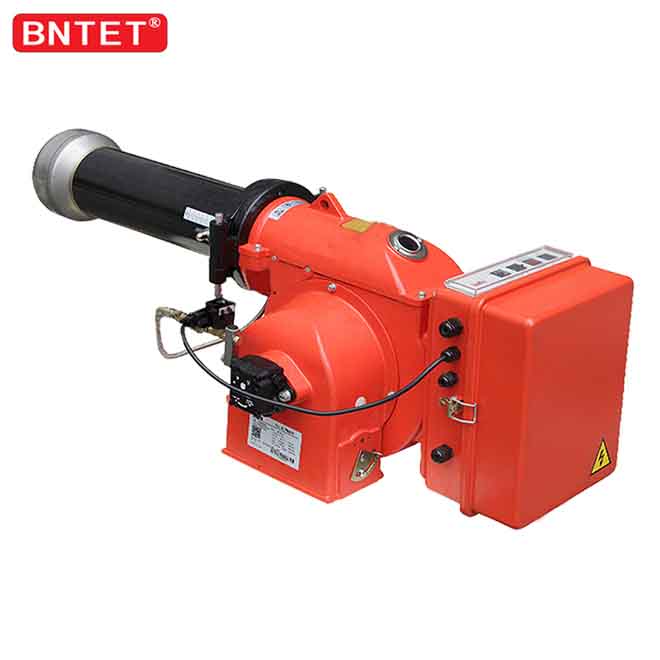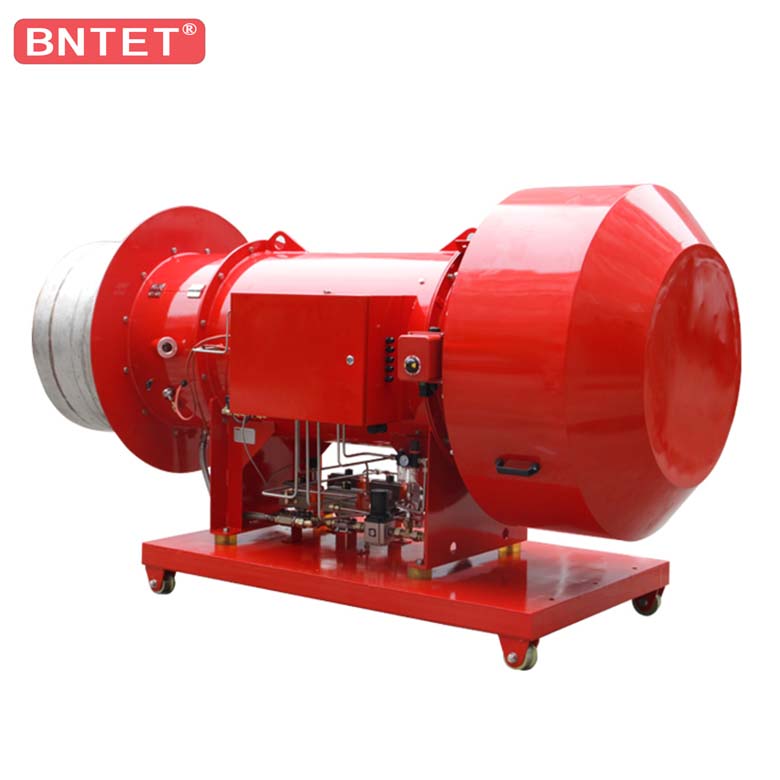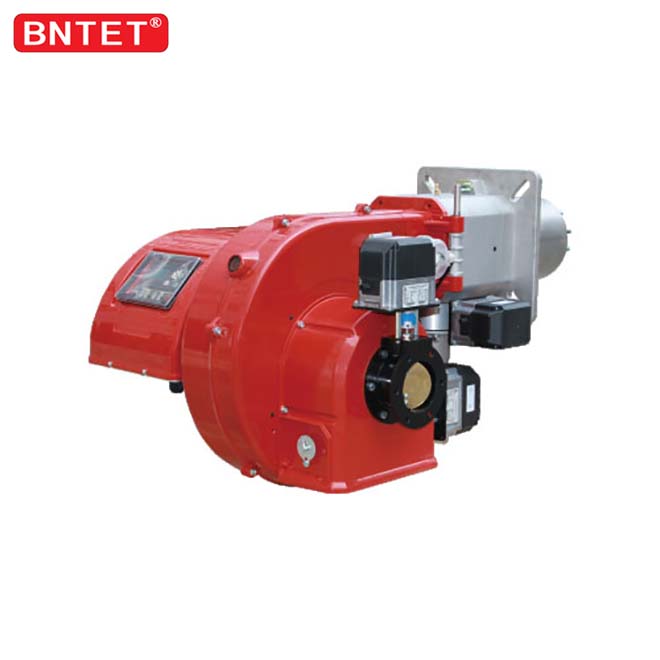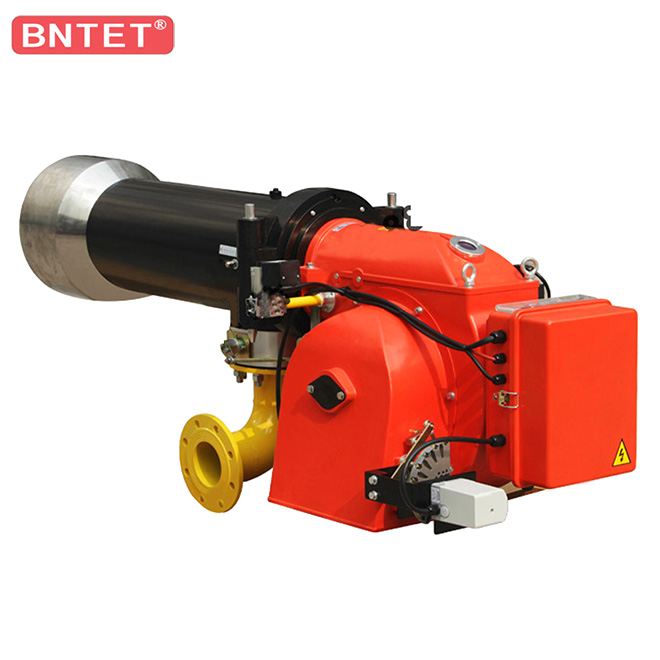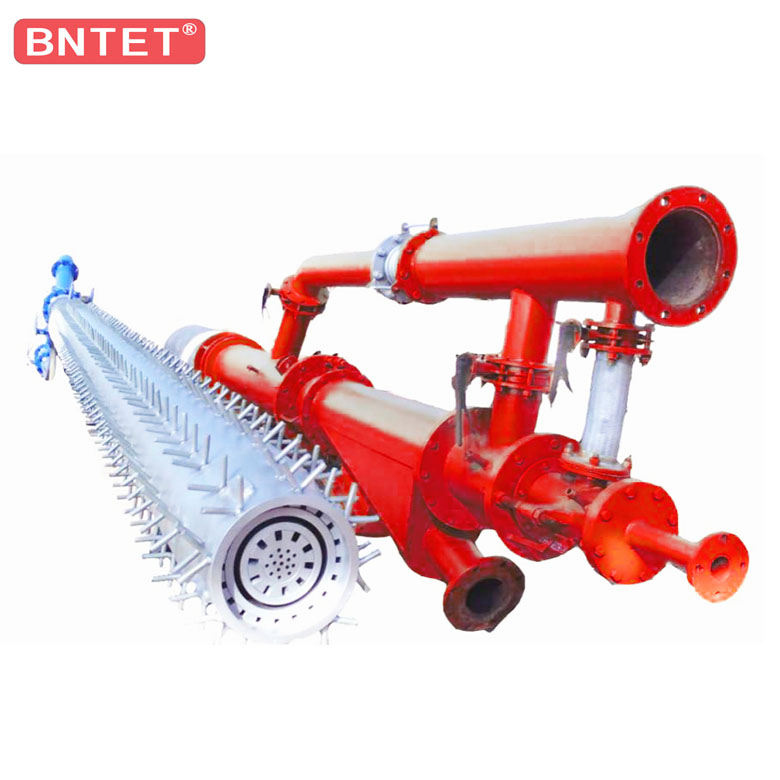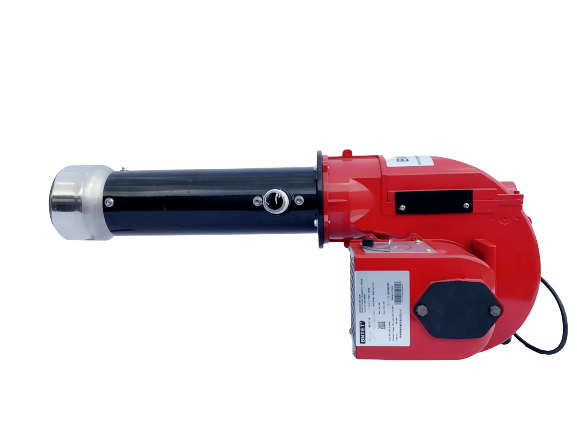
In the project that uses the burner, the burner must be properly maintained. Only in this way can the life of the burner be prolonged. The following will talk about how to maintain the burner to extend the life of the burner. Before maintenance, be sure to check the burner and its parts thoroughly.
1. Oil-fired burner filter-For oil-fired burners, it is required to clean the basket filter between the fuel tank and the fuel pump. Regular cleaning of the filter can keep the fuel from reaching the fuel pump smoothly and reduce the possibility of potential component failure. Also check the filter to see if there are signs of excessive wear or damage to the pressure regulating valve-check the fuel pressure regulating valve or pressure reducing valve to make sure that the surface of the lock nut on the adjustable bolt is clean and removable. If the surfaces of screws and nuts are found to be dirty or rusted, the regulating valve should be repaired or replaced. The lack of maintenance of the fuel regulating valve may cause the burner to work obstructively. Oil pump-check the oil pump to determine whether its sealing device is intact and whether the internal pressure can remain stable, and replace the damaged or leaking sealing element. If you are using hot oil, you need to make sure that all the oil pipes are well insulated; if there are longer oil pipes in the oil circuit, you need to check whether the installation route is appropriate. Replace damaged and poorly insulated tubing. Burner-For oil-fired burners, clean the "y" type filter. A good filtering effect of heavy oil and residual oil is the key to preventing blockage of fuel injectors and valves. Check the pressure difference on the burner to see if it is working properly and the oil pressure is within the proper range. This will ensure that the fuel pressure can be read accurately after adjusting the burner. Adjust the extension length of the atomizer on the nozzle, adjust and detect the low oil pressure switch. When using heavy oil, check the fuel heating and control devices, and check the oil temperature switch on the burner tube set. Consult the manufacturer for the required oil viscosity to ensure that the burner works normally, and regularly check whether the viscosity of the heavy oil or residual oil meets the requirements. It is also necessary to clean and lubricate the valve connection. If the connection is sticky or too rough, repair or replace with suitable accessories. Finally, clean the grease nipple regularly according to the manufacturer's requirements.
2. The main gas source of natural gas burners-for the burners that use natural gas as fuel, check the main gas source regulating valve to ensure that the circuit is in good condition. Do not adjust the regulating valve of the gas company. The gas company will assist in cleaning, maintaining and adjusting the main gas source regulating valve. If there is a sensing circuit, check whether it is damaged. Filter-If a "y" type filter is installed before the control valve, it must be cleaned. Control regulating valve-check the control regulating valve on the gas burner to see if the
regulating bolt is easy to adjust. Make sure that all outlets and screens are not blocked. Burner-check the gas pipe group, confirm whether the manual switch adjustment is sensitive, and whether the valve handle is installed. Check whether the barometer is working properly. When adjusting gas burners, accurate pressure display is critical. Rotate the low pressure and high pressure switches to confirm their working conditions. The connection of the air valve needs to be cleaned and lubricated. If the connection is sticky or too rough, it needs to be replaced with suitable accessories. If the burner is equipped with a detachable pipe, it should also be cleaned.
3. Burners of other fuels In addition to the above-mentioned fuels, there are many kinds of fuels for burners. Burner manufacturers can assist in providing burner maintenance schedules and procedures when using other fuels, and determine the best maintenance plan.
4. Don't ignore the oxygen supply. Once the maintenance plan of the fuel supply system and burner has been determined, check the oxygen supply of the system. The oxygen supply of most burners is achieved through a fan or fan combination system. Compressed air-Many burners require compressed air to operate normally. First check whether the compressor can provide the pressure required by the burner. Clean all the filters on the pipeline and check whether there is any leakage in the pipeline. If so, repair the combustion/atomizing air blower in time-check whether the combustion or atomizing air blower inlet is equipped with protective devices and whether the working environment meets the requirements. Repair the leakage and damage of the fan shell. Observe the operation of the blades to see if there is too much noise and vibration. If so, adjust the blades to eliminate them. Check the connecting pipe between the air outlet of the fan and the air inlet of the burner to repair possible leaks. For belt-driven blowers, lubricate the bearings and tighten the belt regularly. Determine the rated pressure that the blower can produce and check the current intensity. Clean and lubricate the air valve connection, adjust the valve to see if it runs smoothly. Main fan-check whether the inlet of the main fan is equipped with protective devices, whether the working environment meets the requirements, and repair the leaks on the fan. Observe the operation of the blades to see if there is too much noise and vibration. If there are these phenomena, adjust the blades to eliminate them. Determine whether the required air pressure is reached, clean and lubricate the connection, adjust the air valve to see if the operation is smooth. Induced air (exhaust air)-to determine whether the exhaust air damper control works normally and whether the setting is correct. Lubricate the air door connection to see if it runs smoothly. Check the wear of the air valve blades. Ignition device-clean the oil nozzle of the ignition device and confirm whether the spark gap of the ignition electrode is normal. Parts and components-clean the flame detector, determine whether its viewing position is appropriate, and whether it is properly cooled.
5. Coordination of burners and other parts of the system. Burner maintenance procedures include burner debugging. A well-tuned burner will be able to exert higher work efficiency. The portable combustion analyzer can provide accurate information about the working condition of the burner. Typical combustor commissioning methods include fuel analysis and a series of adjustments that enable the combustor to achieve optimal operating performance while maintaining combustion power. Basic commissioning can be completed in a day or less, and before various tests are performed. It is especially important to debug the burner after the complete burner maintenance program is completed. The commissioning of the burner should be carried out under normal conditions. Fuel samples should be taken from the fuel tank, so as to effectively and accurately describe the working conditions of the burner. The commissioning of the burner is based on the sampling information of the combustion flue gas. Any adjustments to air and fuel will affect the flue gas emissions. The flue gas composition can be studied and the combustion efficiency can be analyzed. The following table lists the combustion products and their causes. Regular burner maintenance procedures are necessary to avoid downtime and extend the life of the combustion system. Combining some of the steps listed above with the recommendations of the burner manufacturer can determine an effective maintenance program, which can not only reduce the loss caused by downtime maintenance, but also improve combustion efficiency and save fuel costs.
In the process of using the burner, you must pay attention to the maintenance of the burner. Only in this way can the burner play a good role, so as not to delay manpower and material resources. A waste of time is a waste of money. During use, you must maintain the combustion regularly Often a good way is to save money.
